A Detailed Travel Guide for Chopta Trek
Introduction
Nestled in the lap of the Garhwal Himalayas, Chopta is a quaint hamlet that offers mesmerizing views of the surrounding mountain peaks. At an elevation of 2,680 meters, it serves as the base camp for many popular treks like Tungnath (at 3,680 m) which is the highest Shiva temple in the world. The little village is enveloped by rhododendron forests and boasts of unmatched natural beauty which makes it an ideal getaway from the chaos of urban life. This travel guide takes you through everything you need to know to plan your Chopta trek – from how to reach, best time to visit, where to stay to what you can explore around the region.
Reaching Chopta
By Air: Jolly Grant Airport in Dehradun, at a distance of 188 km, is the nearest airport to Chopta. One can easily find taxis or take a bus from Dehradun to reach Chopta.
By Rail: The nearest major railway station is Rishikesh, situated 140 km away. From Rishikesh, you can hire a private taxi or take a bus to Ukhimath/Gopeshwar and then travel to Chopta which is 40 km away.
By Road: Chopta is well connected by motorable roads with major destinations like Rishikesh, Dehradun, Delhi and Haridwar. It’s easy to get regular buses or you can hire a taxi/cab or drive your own vehicle as well. Private and state-run buses regularly ply from Rishikesh, Haridwar, and Dehradun. The drive from Rishikesh/Haridwar takes about 5-6 hours covering approximately 140 km.
Best time to visit
The ideal time to visit Chopta is either during winter from December to February or in summer from April to June end. During winter the day temperatures hover between 10 to 15 degrees Celsius making it perfect for trekking activities. The summer season boasts of lush greenery everywhere although occasional showers can disrupt your plans. The monsoon months from July to September must be avoided as there are risks of landslides in the region.
Where to stay
Some good accommodation options in and around Chopta area including many hotels and resorts. These hotels, resorts and guest houses provide modern amenities and comfort amidst nature. You can find budget as well as luxury stays as per your requirements. For adventure lovers, staying in camps set up by the forest department nearby is an exciting option.
Places to explore in Chopta
- Tungnath Temple Trek (3.5 km one way)
One of the most popular activities in Chopta is trekking 3.5 km uphill to Tungnath Mandir. Perched at 3680 m altitude, it is the world’s highest Shiva temple opening up to amazing Himalayan vistas. The easy-to-moderate trek takes about 2-3 hours one way and can be done in a day trip from Chopta.
- Chandrashila Trek (1.5 km one way from Tungnath)
For hardcore trekkers, the steep 1.5 km trail from Tungnath to Chandrashila summit at 4000 m is extremely rewarding. It offers 360-degree spellbinding views of Nanda Devi, Trishul, Chaukhamba and Panchachuli mountain ranges.
- Deoriatal Lake (8 km round trip)
The crystal clear Deoriatal Lake at 2438 m altitude can be reached after a gradual 3 km uphill trek one side from the tiny village of Sari. Camping on the banks of this scenic lake with reflections of Chopta peaks is an experience to cherish for a lifetime.
- Ukhimath
Built amidst lush green landscapes, the town of Ukhimath serves as the winter home for the Kedarnath temple deity and has many ancient temples like Ukhimath Temple, and Madhyamaheshwar Temple worth a visit.
- Auli
The slopes of Auli, at about 17 km distance, are popular for skiing owing to its glittering white snow landscape. Take a cable car ride to enjoy the spellbinding vistas of Nanda Devi. Joshimath town which is the gateway to Badrinath temple and Valley of Flowers national park is just 16 km ahead.
Best Outdoor Activities In Chopta.
Trekking
Be it short 1-2 hour hikes to Tungnath temple and Deoriatal or multi-day treks to Kuari pass, Rohini Bugyal and Kalpeshwar – adventure lovers are spoiled for choice when it comes to trekking around Chopta. Professional guides are available for high altitude or difficult trails.
Birdwatching
With over 200 species of brilliant Himalayan birds like the Himalayan monal, golden eagle, black francolin etc, Chopta Valley is a paradise for avid bird watchers and wildlife photographers who carry binoculars and cameras along to freeze the birds in their natural habitat.
Camping
Pitching tents in the green alpine meadows under billions of twinkling stars is an experience that stays with you forever. Carry your own camping gear or hire from local vendors and wake up to breathtaking mountain views after an evening of bonfire and barbeque.
Yoga and meditation
Practice yoga or meditation amidst nature to rejuvenate your senses and connect spiritually. The peaceful environs are perfect to relax and unwind away from the chaos of daily life.
Village walks
Take leisurely walks through the lush green forests and Rhododendron trails to experience the rural lifestyle and charming culture of the friendly Pahadi people in villages around Chopta.
How to plan your itinerary?
Depending on a number of days in hand, Chopta offers avenues for travellers of all kinds – from leisure holidaymakers to adventure enthusiasts. Here’s a lowdown on how you can plan your itinerary:
Day 1: Reach Chopta by late afternoon or evening. Check-in to hotel. Explore surroundings.
Day 2: Wake up early to see sunrise views. Trek to Tungnath & Chandrashila. Return to Chopta by afternoon. Relax or watch the evening prayer ritual at Tungnath temple.
Day 3: Wake up pre-dawn and drive to Sari. Hike up to Deoriatal Lake. Return to Chopta by afternoon. In the evening you can take a stroll to Ukhimath town or simply admire the night sky.
Day 4: Set out early for Auli. Spend the afternoon skiing in Auli. Evening return to Chopta or drive ahead to Joshimath/Badrinath.
So pack your backs and hit the road to this wonderland of nature called Chopta for an epic holiday in the lap of the Himalayas!

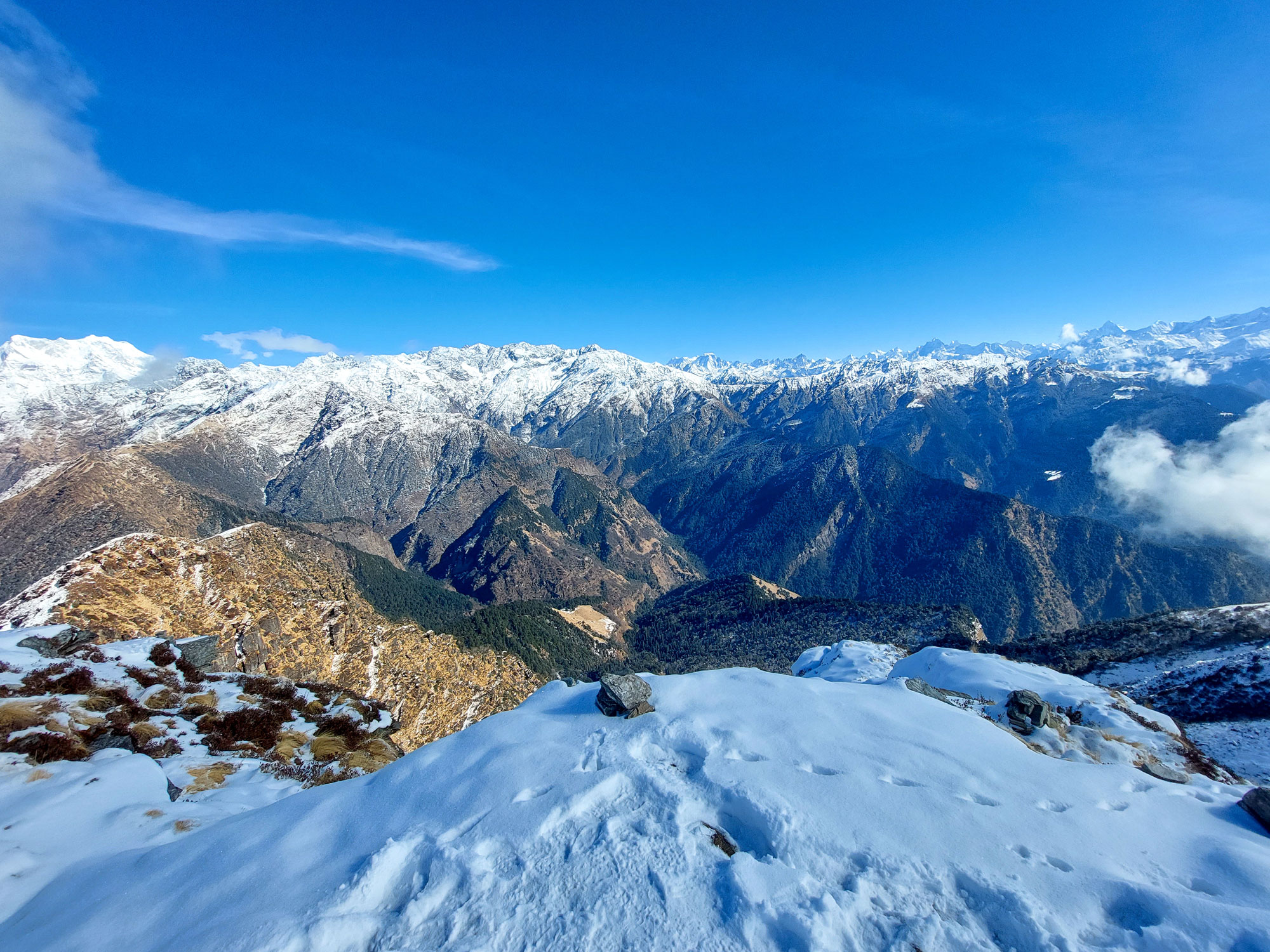
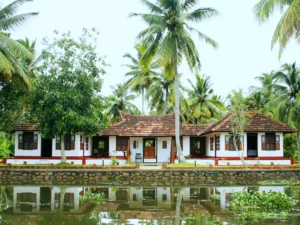
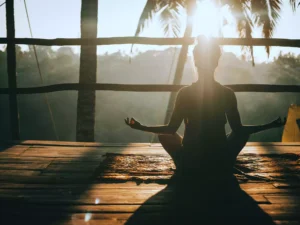
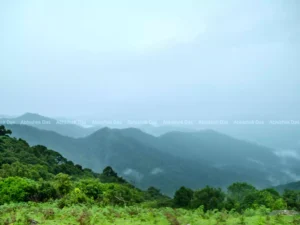
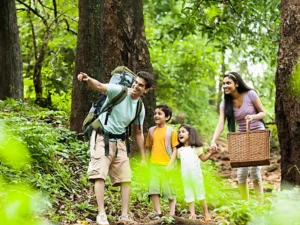

Comment (0)